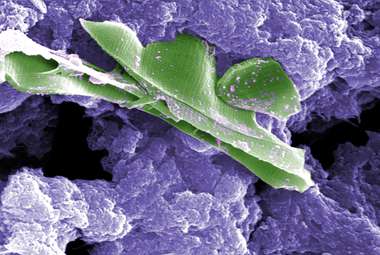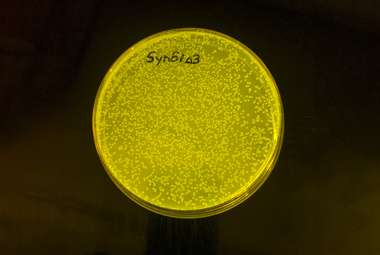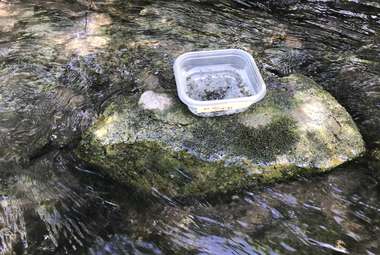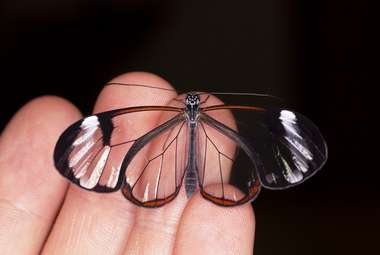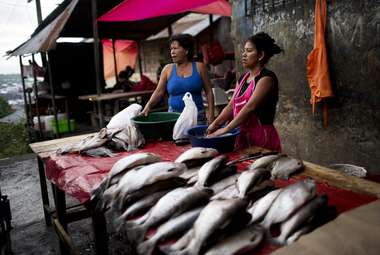
Miles Martin
Reporter, Life Sciences and Physical Sciences
@ArtfulSciMiles Martin, based in Kingston, Rhode Island, covers Life Sciences and Physical Sciences for The Academic Times. Prior to that, Miles worked on the media and communications team at Cell Press and as a freelance science writer. He holds an MSc in science communication and public engagement from the University of Edinburgh.
 An international consortium of researchers created a global atlas of microbes from 60 cities over three years using swabs from subway surfaces, cataloguing detailed information on the locations and characteristics of bacteria, viruses and archaea, including thousands of microbial species not found in current reference databases.
An international consortium of researchers created a global atlas of microbes from 60 cities over three years using swabs from subway surfaces, cataloguing detailed information on the locations and characteristics of bacteria, viruses and archaea, including thousands of microbial species not found in current reference databases.
